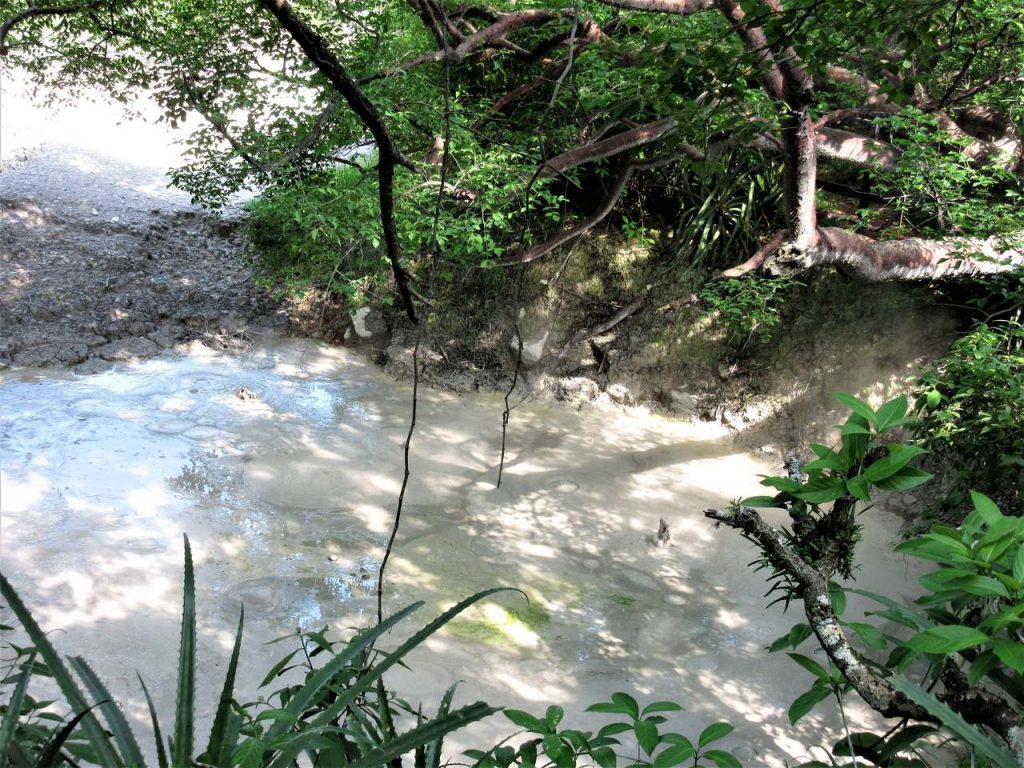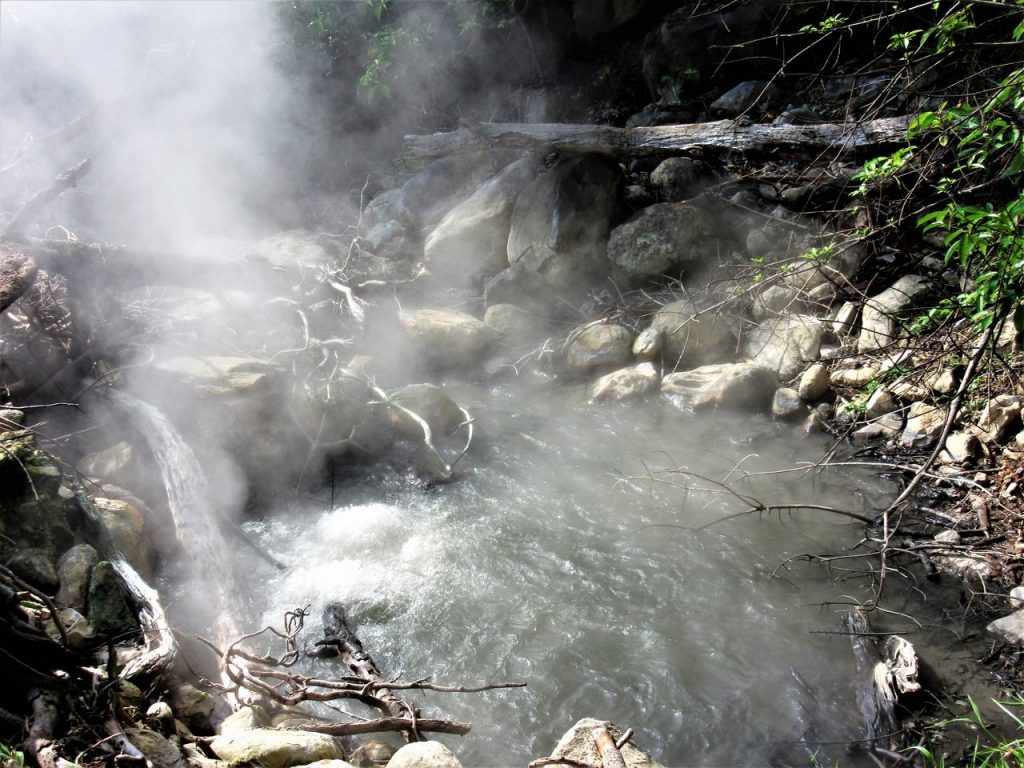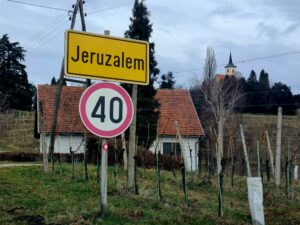Earlier this week, I caught myself disparaging the Pacific Ocean and its beaches, saying in the same breath how much I preferred the waters and sands of the Caribbean. I had to slap myself silly to get my head back into reality. There’ll be a time I’ll be damn glad to be on a beach, any beach, regardless of its parent. But this week, I’m being choosy. I am singularly unimpressed with the beaches on the Pacific side of Costa Rica. And with the water. Give me the Caribbean side any day.
So, in search of some diversion, we took ourselves off to the Rincón de la Vieja, an active andesitic complex volcano in north-western Costa Rica. And yes, I had to look up andesitic – a dark, fine-grained, brown or greyish volcanic rock that is intermediate in composition between rhyolite and basalt. Enough! I don’t need the detail. Enough to know it’s a park with a volcano, one of many in the country.
Part of the Pacific Ring Fire Circle, Costa Rica has over 200 identifiable volcanic formations dating back over 65 million years. Today, however, only 100 or so show any signs of volcanic activity, while just five are classified as active volcanoes.
Our attempt to visit Poas came to nowt as the volcano was closed to the public because of recent activity. Our attempt to visit Irazú came to nowt as visibility was nil. Our attempt to visit Arenal was foiled because of bad information – we got there too late. Park closing times and last admission times are different. Beware. So, rather than try again, we decided to play it safe and at least try to see the bits and bobs that go with volcanoes in the Rincón de la Vieja National Volcano Park (Parque Nacional Volcán Rincón de la Vieja). It’s the largest volcano in the region of Guanacaste, standing more than 6000 ft tall and 9 miles wide. Dating back 600,000 years, it has at least 9 volcanic craters (of which we saw none – but we’d come to expect that).





We hiked the flat 2.5-mile loop through the Las Pailas (the cauldrons) sector and contented ourselves with bubbling mud pools, mini-geysers, and fumaroles. [I had to look that one up, too: an opening in or near a volcano, through which hot sulfurous gases emerge.]
It stank to high heaven in places and was hotter than I imagine Hades to be, and still it was glorious. I can’t begin to describe the noise in this tropical dry forest – the cacophony of sounds from birds, insects, animals. It’s amazing.



The noble butterflies kept us company. Leaping lizards kept us amused. And leaf-cutter ants kept us enthralled. I’m not a great fan of hiking on a balmy day let alone in 30+ degrees with humidity. Even still, I enjoyed it. The trail is easy; doable in runners. It was sweltering in parts, so I shamelessly brought out my umbrella and mentally apologised to all those Asian women I have smirked at in the past.
There are seven hikes in all, each varying in length, intensity, and reward. This one was grand for me. I know full well that if I go downhill, I will need to come back uphill – I prefer to stay on the flat.
Fascinating as the volcanic bits were, it was the trees and their roots that I’d go back for. I can’t ever remember seeing such complicated knots on something living. Mother Nature truly is a remarkable woman.




Las Pailas sector is open daily (except Mondays) from 7am to 3pm. The Santa Maria sector is open 8am to 4pm. Admission is $15 for non-nationals. Don’t forget to sign out when you leave.
The legend
Rincón de la Vieja means “Corner of the Old Woman”. An indigenous legend tells about Princess Curubandá, daughter of the Curubandé tribe chieftain, who fell in love with Prince Mixcoac, the son of an enemy tribe chief. Curubandá’s father ended her forbidden lover’s life by throwing him into the live volcano crater. Devastated, Curubandá became a recluse living the rest of her life high on the volcano’s slope. She learned natural medicines from the volcano and developed healing powers. People seeking medicinal cures were told to go to “the corner of the old woman” by the volcano. And thus, the Rincón de la Vieja Volcano received its name.
Save
Share this:
- Click to share on Twitter (Opens in new window)
- Click to share on Facebook (Opens in new window)
- Click to share on Pinterest (Opens in new window)
- Click to share on LinkedIn (Opens in new window)
- Click to share on Reddit (Opens in new window)
- Click to share on WhatsApp (Opens in new window)
- Click to share on Pocket (Opens in new window)
- Click to share on Telegram (Opens in new window)
- Click to email a link to a friend (Opens in new window)







6 Responses
What’s knot to love 🙂 Another trip I can only take with you, holding my hand and taking the pictures. Love you!!
Thanks for coming along – the trip wouldn’t be the same without you 🙂